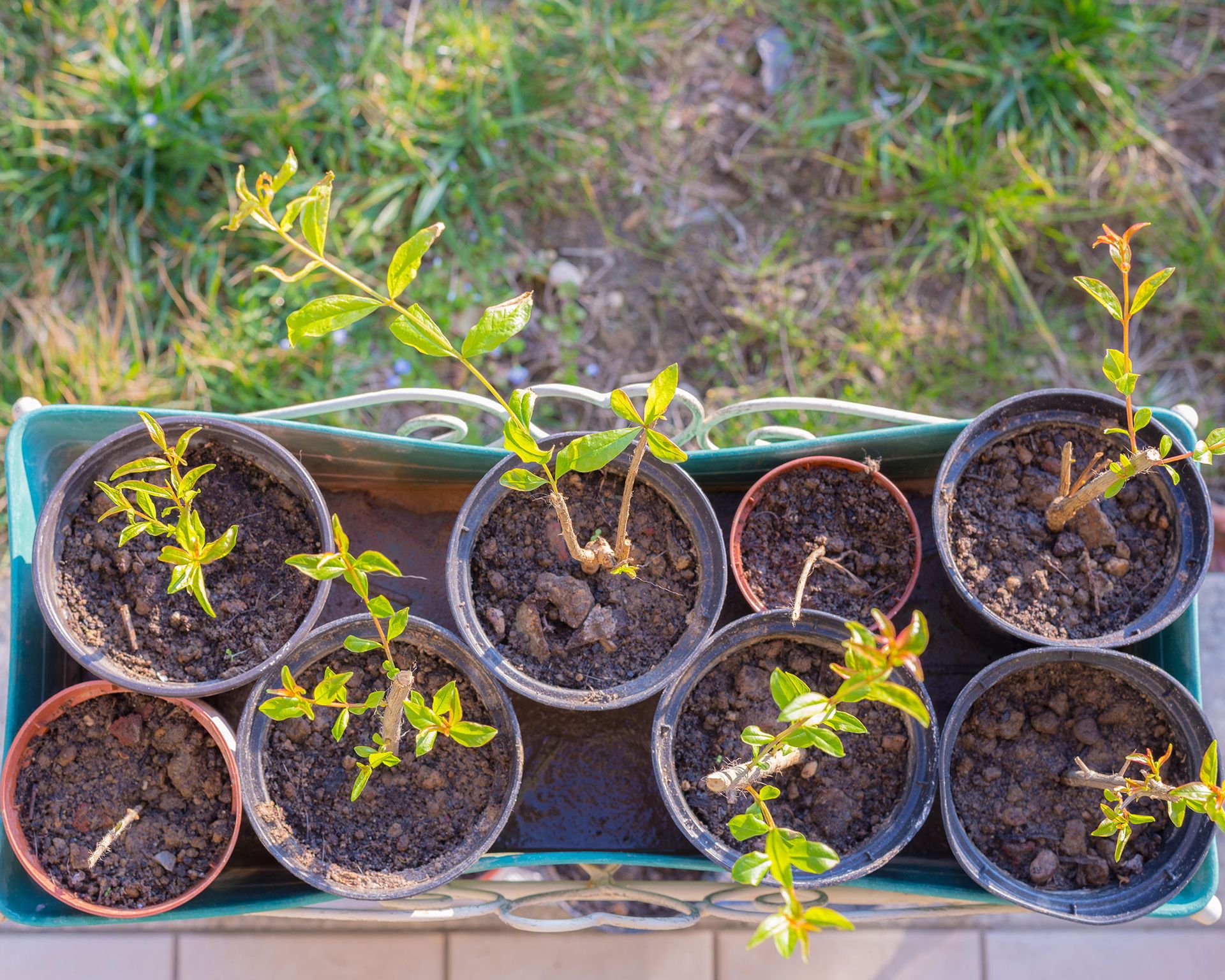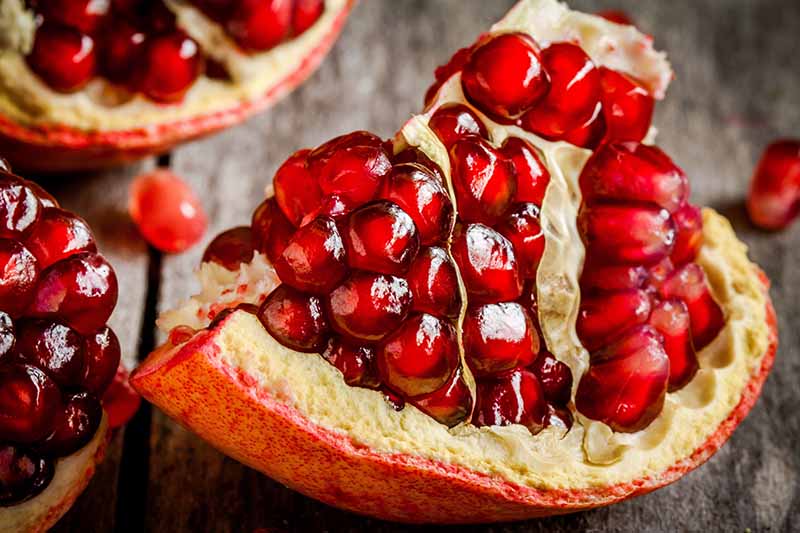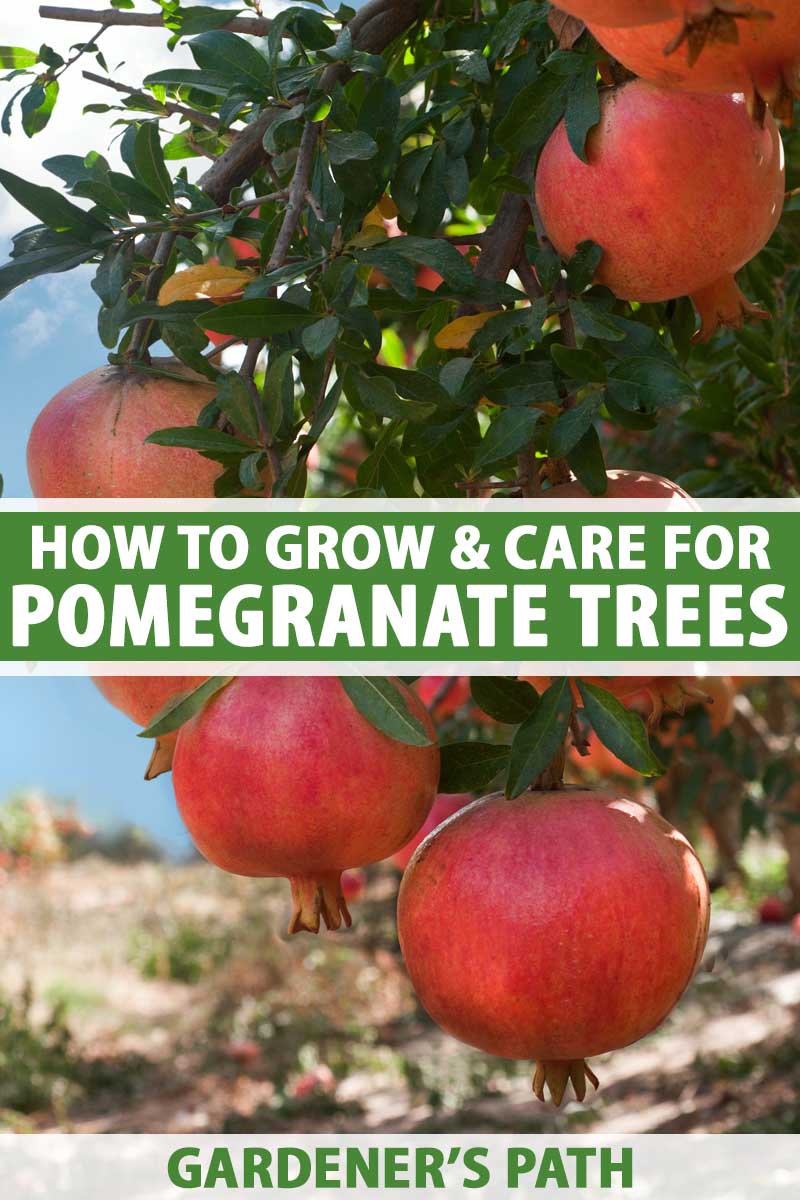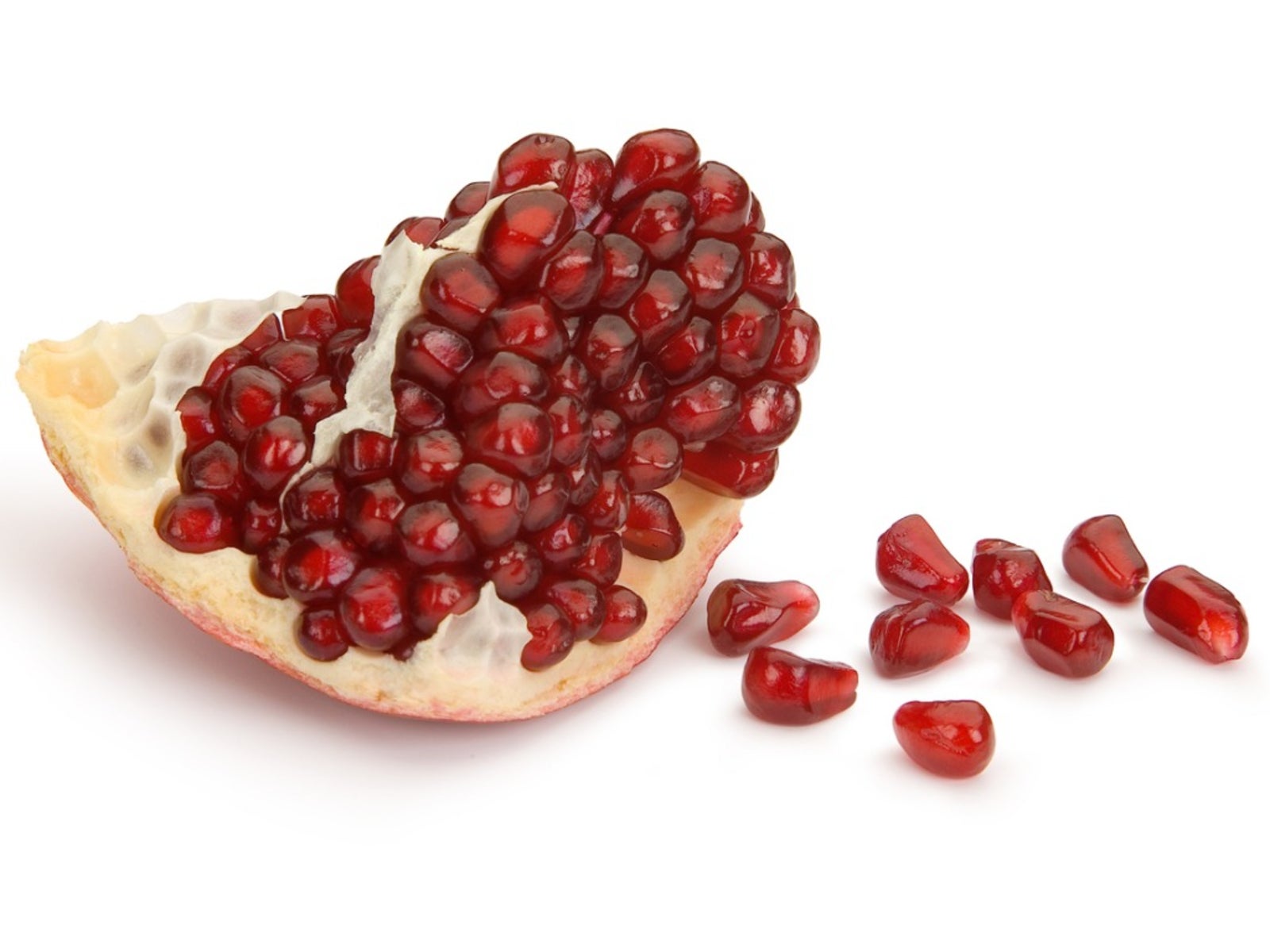Understanding Pomegranate Seed Viability
When it comes to growing pomegranates, one of the most common questions is, “Can you plant pomegranate seeds?” The answer is yes, but it’s essential to understand the viability of planting pomegranate seeds. Fresh seeds have a higher success rate, but proper storage is crucial to maintain their viability. Pomegranate seeds can be stored in an airtight container in the refrigerator for up to six months. However, the germination rate may decrease over time.
The pros of planting pomegranate seeds include the ability to grow a new tree from a fresh seed, which can be more disease-resistant and vigorous than a nursery-bought tree. Additionally, planting seeds can be a cost-effective way to grow multiple trees. On the other hand, the cons include the uncertainty of the seed’s viability, the potential for slow growth, and the risk of pests or diseases.
Several factors can affect seed germination, including temperature, humidity, and light. Pomegranate seeds typically require a warm temperature between 70°F to 85°F (21°C to 30°C) and high humidity to germinate. It’s also essential to provide adequate light, but direct sunlight can be detrimental to young seedlings.
To increase the chances of successful germination, it’s recommended to use fresh seeds and provide optimal growing conditions. With proper care and attention, pomegranate seeds can germinate and grow into healthy trees. However, it’s crucial to be patient, as the germination process can take several weeks to several months.
Preparing Pomegranate Seeds for Planting
Before planting pomegranate seeds, it’s essential to prepare them properly to increase the chances of successful germination. If you’re wondering, “Can you plant pomegranate seeds?” the answer is yes, but proper preparation is crucial. The first step is to clean the seeds by removing any remaining fruit pulp or aril. This will help prevent mold and fungal growth, which can hinder germination.
To clean the seeds, gently scrub them with a soft-bristled brush under running water. Then, dry the seeds with a paper towel to remove excess moisture. This step is critical, as excess moisture can lead to rot and poor germination.
Next, pomegranate seeds require a process called stratification to break dormancy. Stratification involves simulating the natural winter chill that seeds would experience outdoors. To stratify pomegranate seeds, place them in a plastic bag or airtight container with a moist paper towel. Store the bag or container in the refrigerator at a temperature between 35°F and 45°F (2°C and 7°C) for 30 to 60 days.
After stratification, remove the seeds from the refrigerator and allow them to come to room temperature. Then, sow the seeds about ¼ inch deep in a seed starting mix. Water the seeds gently but thoroughly, and provide adequate light and warmth. With proper preparation and care, pomegranate seeds can germinate and grow into healthy trees.
It’s worth noting that pomegranate seeds can be sensitive to over-handling, so it’s essential to handle them gently and minimize touching. By following these steps, you can increase the chances of successful germination and grow healthy pomegranate trees from seed.
How to Plant Pomegranate Seeds Indoors
Once you’ve prepared your pomegranate seeds for planting, it’s time to sow them indoors. If you’re wondering, “Can you plant pomegranate seeds?” the answer is yes, and indoor planting is a great way to get a head start on the growing season. To plant pomegranate seeds indoors, you’ll need a few basic supplies, including a seed starting mix, a container, and a warm location.
Choose a container that is at least 6-8 inches deep and has drainage holes in the bottom. Fill the container with a high-quality seed starting mix, and moisten the mix with water. Plant the pomegranate seeds about ¼ inch deep and 1-2 inches apart. Cover the seeds with a thin layer of the seed starting mix, and water gently.
Provide the pomegranate seeds with a warm and humid environment. The ideal temperature for germination is between 70-80°F (21-27°C). You can place the container on a heating mat or in a warm location, such as a sunny windowsill. Keep the soil consistently moist but not waterlogged.
In addition to temperature and humidity, pomegranate seeds also require adequate light to germinate. Place the container in a location that receives bright, indirect light. Avoid direct sunlight, which can cause the soil to become too hot and dry.
Keep the soil consistently moist and provide adequate light, and you should start to see germination within 1-3 weeks. Once the seedlings have 2-3 sets of leaves, you can transplant them into larger containers or directly into the garden.
By following these steps, you can successfully plant pomegranate seeds indoors and give them a head start on the growing season. With proper care and attention, your pomegranate seedlings will thrive and produce delicious fruit in the years to come.
Transplanting Pomegranate Seedlings Outdoors
Once your pomegranate seedlings have 2-3 sets of leaves, it’s time to transplant them outdoors. Transplanting is a critical step in growing pomegranates from seed, and it requires careful planning and execution. If you’re wondering, “Can you plant pomegranate seeds?” the answer is yes, and transplanting is a crucial part of the process.
The best time to transplant pomegranate seedlings outdoors is in the spring or early summer, when the weather is warm and settled. Choose a location that receives full sun and has well-draining soil. Pomegranate trees prefer a slightly acidic to neutral soil pH, ranging from 6.0 to 7.0.
Before transplanting, prepare the soil by loosening it to a depth of 12-18 inches. Mix in a 2-inch layer of compost or well-rotted manure to improve soil fertility and drainage. Dig a hole that is twice as wide and just as deep as the root ball of the seedling.
Gently remove the seedling from its container, taking care not to disturb the roots. Place the seedling in the hole, making sure the graft union (if applicable) is above the soil level. Fill the hole with soil, tamping it down gently as you go to prevent air pockets. Water the seedling thoroughly after transplanting.
It’s essential to harden off the seedlings before transplanting them outdoors. Hardening off involves gradually exposing the seedlings to outdoor conditions over the course of 7-10 days. This helps prevent shock and ensures a smooth transition to outdoor growth.
After transplanting, keep the soil consistently moist but not waterlogged. Provide support for the seedling, such as a stake or trellis, to prevent wind damage and promote upright growth. With proper care and attention, your pomegranate seedlings will thrive and produce delicious fruit in the years to come.
Common Challenges and Solutions When Growing Pomegranates from Seed
While growing pomegranates from seed can be a rewarding experience, it’s not without its challenges. If you’re wondering, “Can you plant pomegranate seeds?” the answer is yes, but it’s essential to be aware of the potential challenges and have a plan to overcome them.
One of the most common challenges faced when growing pomegranates from seed is low germination rates. This can be due to a variety of factors, including old or poor-quality seeds, inadequate moisture, or incorrect temperature. To overcome this challenge, make sure to use fresh seeds, provide adequate moisture, and maintain a consistent temperature between 70-80°F (21-27°C).
Another challenge is slow growth, which can be caused by a lack of nutrients, inadequate light, or poor soil quality. To promote healthy growth, provide pomegranate seedlings with a balanced fertilizer, plenty of sunlight, and well-draining soil.
Pest or disease issues can also be a problem when growing pomegranates from seed. Common pests include aphids, whiteflies, and spider mites, while diseases like powdery mildew and root rot can also occur. To prevent these issues, maintain good hygiene, inspect plants regularly, and use organic or integrated pest management (IPM) methods to control any problems that arise.
In addition to these challenges, pomegranate seedlings can be sensitive to extreme weather conditions, such as frost, heatwaves, or drought. To protect your seedlings, provide shade during hot weather, bring plants indoors during frost, and maintain consistent moisture levels.
By being aware of these potential challenges and taking steps to prevent or overcome them, you can successfully grow pomegranates from seed and enjoy a bountiful harvest.
Comparing Seed-Grown Pomegranates to Nursery-Bought Trees
When it comes to growing pomegranates, one of the most common questions is, “Can you plant pomegranate seeds?” While it is possible to grow pomegranates from seed, many gardeners opt for nursery-bought trees instead. But what are the advantages and disadvantages of each approach?
Seed-grown pomegranates offer several benefits, including the ability to grow a new tree from a fresh seed, which can be more disease-resistant and vigorous than a nursery-bought tree. Additionally, planting seeds can be a cost-effective way to grow multiple trees. However, seed-grown pomegranates can be more variable in terms of fruit quality and growth rate, and may require more maintenance and pruning.
Nursery-bought trees, on the other hand, offer more predictable results, with consistent fruit quality and growth rate. They are also often grafted onto a rootstock that is resistant to certain diseases, which can improve their overall health and productivity. However, nursery-bought trees can be more expensive than planting seeds, and may require more care and maintenance during the first year after planting.
In terms of growth rate, seed-grown pomegranates can take longer to mature than nursery-bought trees, which can produce fruit within 2-3 years after planting. However, seed-grown pomegranates can produce fruit that is more flavorful and nutritious, with higher antioxidant levels and a more complex flavor profile.
Ultimately, the decision to grow pomegranates from seed or buy a nursery-bought tree depends on your personal preferences and goals. If you’re looking for a more cost-effective and variable approach, planting seeds may be the way to go. But if you’re looking for more predictable results and a faster time to harvest, a nursery-bought tree may be the better choice.
Optimizing Pomegranate Seedling Care for Maximum Growth
Once you’ve successfully planted and transplanted your pomegranate seedlings, it’s essential to provide them with optimal care to promote maximum growth and fruit production. If you’re wondering, “Can you plant pomegranate seeds?” the answer is yes, and with proper care, you can enjoy a bountiful harvest.
Fertilization is a critical aspect of pomegranate seedling care. Feed your seedlings with a balanced fertilizer during the growing season, following the manufacturer’s instructions. You can also add compost or well-rotted manure to the soil to provide essential nutrients.
Pruning is another essential aspect of pomegranate seedling care. Prune your seedlings regularly to promote a strong, bushy shape and encourage fruiting. Remove any dead or damaged branches, and thin out the center of the plant to allow for good air circulation.
Pest management is also crucial when growing pomegranates from seed. Keep an eye out for common pests like aphids, whiteflies, and spider mites, and use organic or integrated pest management (IPM) methods to control any infestations.
Regular monitoring and maintenance are also essential for optimal pomegranate seedling care. Check your seedlings regularly for signs of stress, disease, or pests, and take action promptly if you notice any problems.
By following these tips and providing your pomegranate seedlings with optimal care, you can promote maximum growth and fruit production. With proper care and attention, your pomegranate seedlings will thrive and produce delicious fruit for years to come.
Harvesting and Enjoying Your Homegrown Pomegranates
After months of careful cultivation, your homegrown pomegranates are finally ready to be harvested. If you’re wondering, “Can you plant pomegranate seeds?” the answer is yes, and with proper care, you can enjoy a bountiful harvest of delicious and nutritious pomegranates.
The best time to harvest pomegranates is in the fall, when the fruit is fully ripe and the arils are a deep red color. To harvest, simply cut the fruit from the tree, leaving a small piece of stem attached to the fruit.
Once you’ve harvested your pomegranates, you can enjoy them in a variety of ways. One of the most popular ways to enjoy pomegranates is to eat them fresh, either on their own or as part of a salad or other dish. You can also juice pomegranates, either on their own or in combination with other fruits and vegetables.
Pomegranates are also a popular ingredient in many recipes, including baked goods, sauces, and marinades. You can use pomegranate juice or arils to add flavor and nutrition to a variety of dishes, from breakfast to dinner.
In addition to their culinary uses, pomegranates are also a popular ingredient in many beauty and wellness products. The antioxidants and other nutrients in pomegranates can help to nourish and protect the skin, hair, and other parts of the body.
By growing your own pomegranates from seed, you can enjoy the many benefits of this delicious and nutritious fruit, while also saving money and reducing your environmental impact. With proper care and attention, your homegrown pomegranates will thrive and provide you with a bountiful harvest for years to come.









